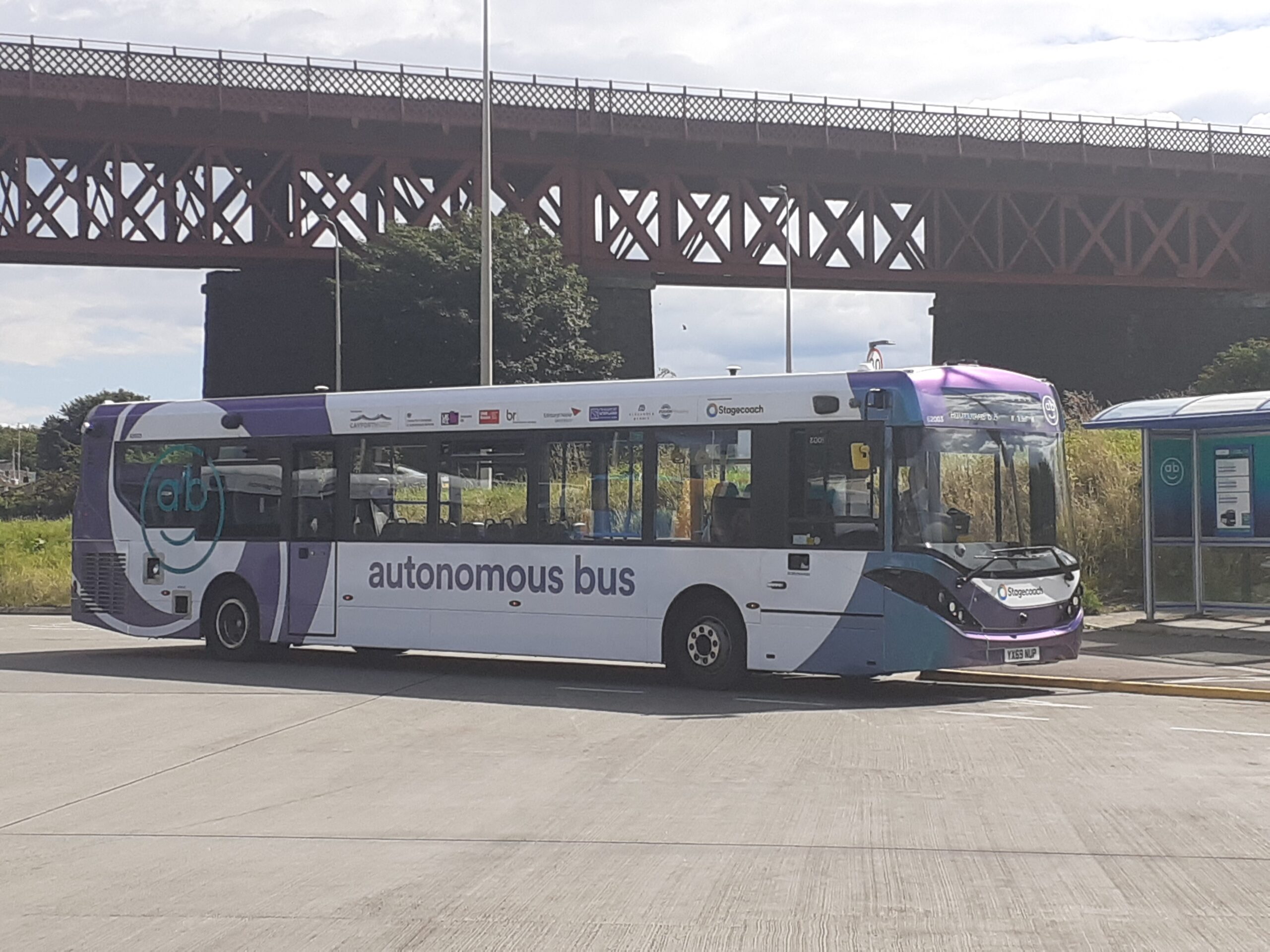One of the things that has always fascinated me about Automated Vehicles (AVs) especially buses and taxis is how they will operate in practice – would they need staff on board if not, how would simple interactions like opening doors, hailing the vehicle, telling it to start work. Especially for people who have accessibility needs or are not comfortable with technology.
As part of SINFONICA’s research in the UK, I have been looking at the draft Automated Vehicle Bill and what implications it has for the operation of Automated buses (and taxis) in Great Britain. Note: I’m not a lawyer, so any legal experts out there feel free to correct me if I’m misinterpreted things. Note: the bill (law) is still draft so is subject to amendment and this article is based on the original version.
I’m not going to focus on the requirements for safety in this draft legislation, as I’m sure others will have covered it in detail but I do suggest a read of the bill on the UK Parliament website. What the Bill does do is define the role of a No-User in Charge: essentially the remote person responsible for the operation of automation functions. It also incorporates requirements around restricting marketing (to avoid confusion around the capabilities of Automated Vehicles).
The Bill also introduces the concept of permits for AVs. This is where the national government can permit the operation of automated vehicles. (Note: national government in this context would also mean the Scottish or Welsh Minister). This is rightly needed to control the testing and operation of highly automated vehicles.
The Bill contains specific clauses related to automated buses and taxis:
- An automated bus or taxi would not be subject to bus and taxi regulations (which are in the UK normally the provision of the local authority / traffic commissioner);
- If an AV is considered a bus or taxi without a driver, then permits (or consent) would be required from the relevant licensing authority (for taxis) or franchising organisation (for buses);
- If a permit is to cover multiple areas, then consent is needed from each authority;
- Consent is only required for buses in franchised areas. (This leads to an interesting question about what happens for the majority of places without franchising);
- If a licensing authority does not respond within six weeks or does not give objections in writing, then consent is deemed to be given;
- There’s the option for the government to delegate consent to the local traffic commissioners.
An automated bus or taxi that is not subject to the usual rules is interesting: this makes sense for now as it allows testing of new concepts and the freedom to innovate. In the longer-term it may cause issues as it might lead to a default that automated buses and taxis are not as strictly controlled.
My assumption is that the rules mean that such AV services are exempt from specific requirements around inclusivity for transport services (via the Equality Act) but I would assume general Equalities Act requirements about non-discrimination could apply and reasonable adjustments would apply. (Again, my note about not being a lawyer applies here). There is also a requirement in the bill, for the appropriate national authority, should consider how “the granting of the permit is likely to lead to an improvement in the understanding of how automated passenger services should best be designed for, and provided to, older or disabled passengers”. Which is very relevant to the aims of our SINFONICA project.
The Automated Vehicle Bill does make a requirement on operators to publish reports about the automated passenger services which it provides, and the steps which it takes to meet the needs of older or disabled passengers, and to safeguard passengers more generally. Note: this is fairly loosely worded and doesn’t say how often this needs to be done, format, etc.
The other thing to note is that bus services are subject to requirements around providing open data on services, which by default, wouldn’t apply to Automated Buses. However, there is an option for information to be made available as part of the permitting requirements.
Author: John Paddington (ERTICO)


